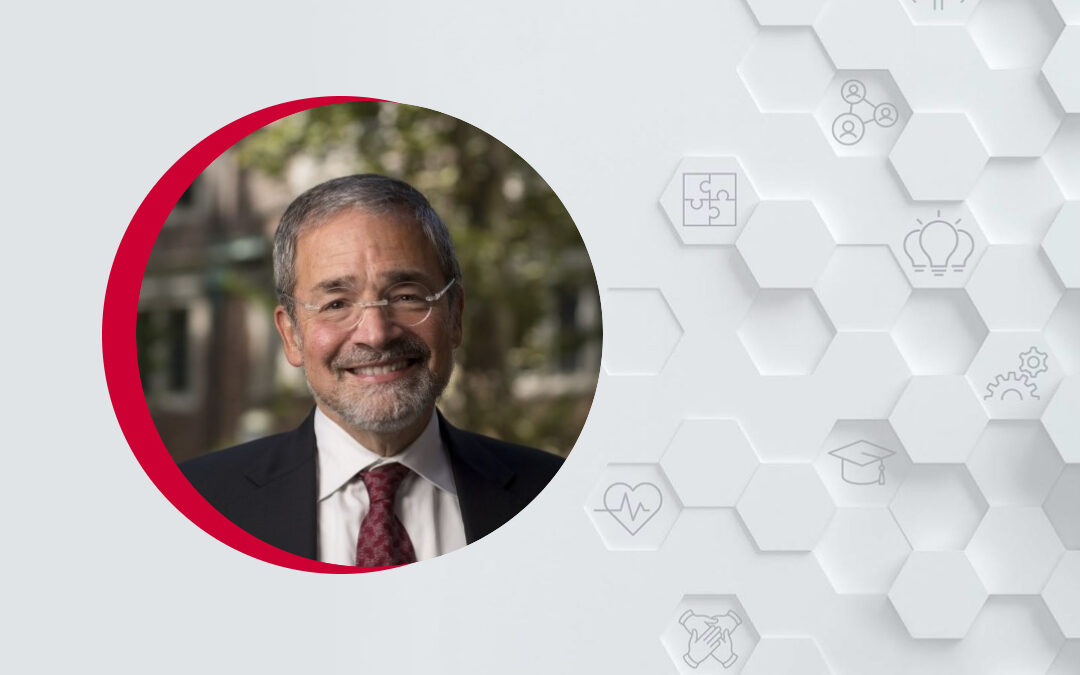In an opinion piece published by The Star-Ledger, Rutgers Biomedical and Health Sciences Chancellor Brian Strom, who also is a core faculty member of Rutgers Global Health Institute, writes about the 10-year anniversary of the biomedical and health sciences division’s integration with Rutgers, The State University of New Jersey. The following is an excerpt from the column.
When Tesla began supplying ventilators to New Jersey hospitals three years ago to fight COVID-19, many thanked the carmaker for its generosity. Left unsaid was what it took to make some of those machines compatible with New Jersey equipment.
Connecting donated machines to systems at Rutgers teaching hospitals required reengineering adaptors to ventilators commonly used in the state. With resources strained and hundreds dying daily, we called upon the Rutgers School of Engineering to help solve the problem. Within days, Rutgers engineers designed a 3D-printed adaptor that linked Tesla’s devices to our ventilators — and kept our patients breathing.
New Jersey was the nation’s COVID-19 epicenter back then, but to my knowledge, not a single person in the state died due to the lack of a ventilator that spring. Tesla’s generosity was one reason why. Interdisciplinary collaborations at Rutgers, facilitated by the largest higher education merger in United States history, was another.
This month marks 10 years since the creation of Rutgers Biomedical and Health Sciences (RBHS), which transferred to Rutgers most of the University of Medicine and Dentistry of New Jersey’s assets, valued at more than $895.5 million. This included New Jersey Medical School, New Jersey Dental School and School of Nursing in Newark, and Robert Wood Johnson Medical School in New Brunswick, among others.
The goal of this integration was multifaceted. Rutgers long had sought a medical school to help it become a comprehensive public research university that was on par with peers like the University of Michigan. Then-Gov. Chris Christie wanted to create economic opportunities and strengthen New Jersey’s health care system in the process.
In the decade since RBHS was born, the results have exceeded even the most optimistic forecasts. In 2012, Rutgers was ranked No. 25 on U.S. News and World Report’s list of public U.S. colleges. Today, we’re No. 19, tied with the University of Maryland and Florida State (which both have medical schools). As we’ve climbed in the rankings, students have taken notice. This year, the Robert Wood Johnson Medical School received 5,800 applications, an 83 percent increase from 2012. The New Jersey Medical School received 5,880 applications in 2023, a 70 percent jump from 2012.

